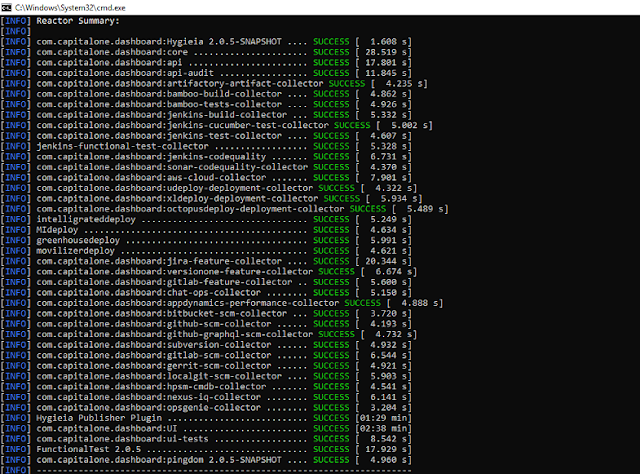


MongoDB features several mechanisms that allow you to authenticate users, with the default mechanism being its Salted Challenge Response Authentication Mechanism (SCRAM). Authorization, on the other hand, involves setting rules for a given user or group of users to define what actions they can perform and which resources they can access.

Authentication is the process of confirming whether a user or client is actually who they claim to be. These two concepts are similar, but it’s important to understand what they are and what makes them different.
#Mongo grant readwrite any db how to

You could have more granular control over who has access to your data by setting up a firewall on your database server.Ī firewall provides network security by filtering incoming and outgoing traffic based on a set of user-defined rules. For instance, there may be a large number of people who need access to your VPN but only a few of them need access to your Mongo database. On its own, though, a VPN may not be enough to prevent unauthorized users from accessing your MongoDB installation. By running MongoDB behind a VPN, you can block access to any machine that isn’t connected to the same VPN. A VPN presents its connection as if it were a local private network, allowing for secure communications between the servers within it. One way to do this is to provision a virtual private network (VPN). The most fundamental way you can protect the data you store in MongoDB is to limit network access to the server on which the database is running. View the SQL Mapping reference to see how the MongoSQL syntax and commands map to MongoDB's commands.Īll MongoSQL queries are SELECT statements of this form: SELECT expr1 alias1], expr2 alias2]. The MongoSQL Query Syntax is designed to allow the use of SQL-like statements to query the structured data documents of MongoDB. When specifying collection_name, if the collection is in a different database than the current database, you can use the syntax db.collection_name. In this document, keywords such as SELECT are capitalized for illustration purposes. See the SQL Mapping page for how Aqua Data Studio's syntax maps to MongoDB Query syntax ( ). This document details Aqua Data Studio's MongoSQL syntax and functions. MongoSQL queries are written using a subset of the SQL-92 standard.


 0 kommentar(er)
0 kommentar(er)
